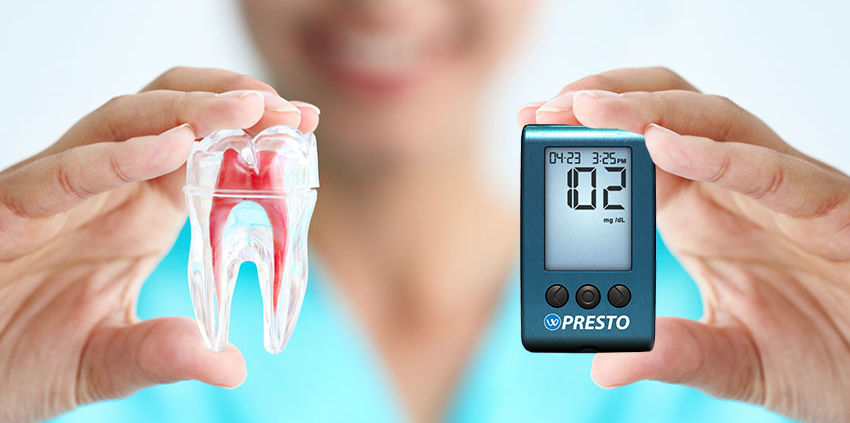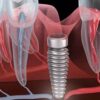- By - Malfaifi
- Posted on
- Posted in Diagnosis, Implant Dentistry, Prosthesis, Removable
Edentulism and comorbid factors
Edentulism and comorbid factors
Felton 2009. TheJPD, ACP

World Health Organization databanks indicate that caries is still prevalent in the majority of countries internationally, with 100%
In medicine, the term comorbidity relates to one or more disorders (diseases) in addition to the primary disorder or disease, or the effect such additional coexisting conditions might have on
Low education levels have been found to have the highest and most consistent correlation with tooth loss.
Comorbid factors:
1- Diet, nutrition, and overall health:
- Significantly reduced intake of dietary fiber and foods with adequate levels of beta carotene, folate, and vitamin C than did dentate patients.
2- Osteoporosis:
- Characterized by bone loss, leading to fragility of the skeleton.
- There is weak evidence to suggest a correlation between the severity of osteoporosis and any alteration of the oral tissues in the completely edentulous osteoporotic patient.
3- Hypertension and coronary artery disease:
- Taguchi et al demonstrated a statistically significant association between the incidence of hypertension and tooth loss.
- Patients who were completely edentulous were 2.32 times more likely to have carotid artery plaque for- mation than patients missing fewer than nine teeth
4- Smoking and asthma:
- Smoker were 2.42 times more likely to be completely edentulous
- Elderly with asthma were six times more likely to experience severe reduction of the mandibular ridge than nonasthmatic controls
5- Patient satisfaction:
- Those with missing teeth were more likely to have poorer self-related health issues than those with teeth.
6- Diabetes:
- The edentulous patient had a 1.82 times greater risk of having diabetes than dentate patient.
- Functionally edentulous older men had a 4.06 times greater risk for developing non-insulin-dependent diabetes mellitus, regardless of age or race, than those with partial or complete dentitions
7- Neuropathy and dementia:
- The authors suggested that complete edentulism may be a predictor for dementia later in life.
8- Rheumatoid arthritis:
- Rheumatoid arthritis (RA) is a potentially debilitating chronic inflammatory disease characterized by synovial inflammation that can result in considerable destruction of joint tissues.
- Edentulism in RA patients (56%) than in the non-RA cohort (34%), with the RA patients having 2.27 times greater risk for edentulism than the non-RA cohort.
9- Cancer:
- The authors found a statistically significant correlation between tooth loss and risk of head and neck, lung, and esophageal cancer, when adjusted for confounding variables.
Oral-facial comorbid factors
– Factors responsible for reduction of the residual ridge
- Local factors :
length of time edentulous, the size of edentulous ridges, the amount of occlusal stress transmitted through removable
- Systemic factors
Age and gender, presence of asthma, reduced calcium intake, osteoporosis, thyroid disease, smoking, obesity, and others.
– Esthetics and soft tissue profiles
Within a 2-year period of tooth extraction and immediate denture placement, there is sufficient loss of bone to result in anterosuperior rotation of the mandible, and associated soft-tissue profile changes, leading to protrusion of the chin and pronounced lip and chin displacements


